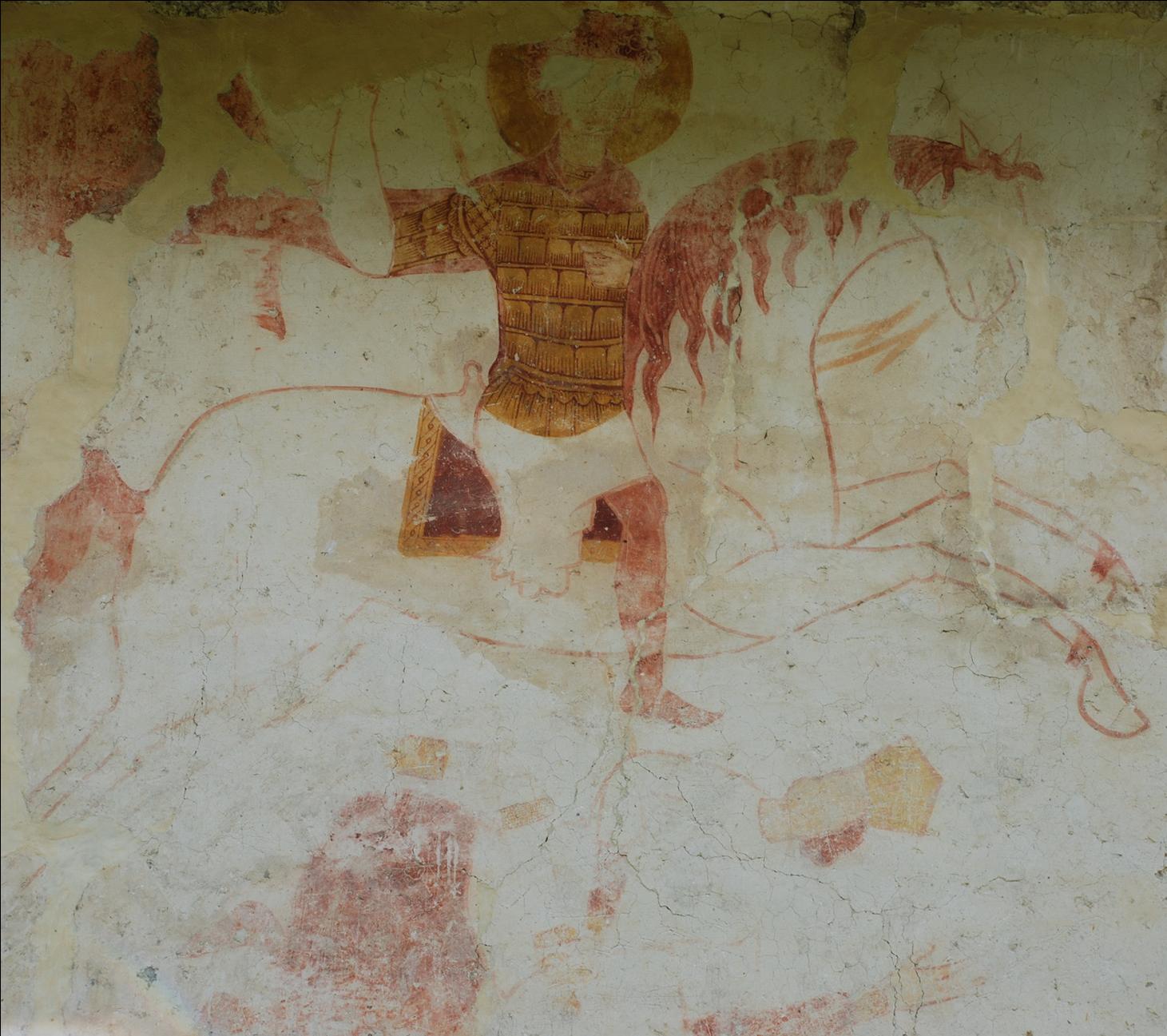
Amazon Audible Gift Memberships
An illustration from:
Mamuka Tsurtsumia, The Evolution of Splint Armour in Georgia and Byzantium, Lamellar and Scale in the 10th-12th Centuries
St George on the fašade of the Adishi church, Georgia



Fig. 21. St George in the lamellar with rectangular plates on the fašade of the Adishi church. (photo by S. Sarjveladze).
Interesting material on the closeness and resemblance between Byzantine and Georgian armour is provided by comparing one type of lamellar. On the 12th-century fresco of St Nestor in St Nicholas' church in Kastoria the saint is clad in lamellar consisting of rectangular plates with unrounded tops. The economy caused by such plates is not great but it saves much time when making the armour. Many Georgian analogues of this type of Byzantine armour can also be found: on the Sakao icon of St George, dating from the end of the 10th century, the saint is wearing the same banded lamellar. The suits of armour of St George and St Theodore, depicted on the fašade of St George's church in Adishi [fig. 21], the armour of St George represented on the 11th-century Lanchvali and Seti icons, are also formed of rectangular plates, their tops left unrounded.
Source: Byzantina Symmeikta